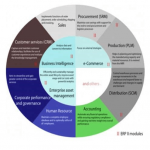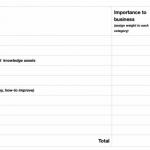IT’s role is more critical than ever in a world that’s increasingly dependent on digital. Organizations are under increasing pressure to stay competitive and create connected experiences. According to MuleSoft‘s Connectivity Benchmark Report, IT projects are projected to grow by 40%; and 82% of businesses are now holding their IT teams accountable for delivering connected customer experiences. Research from MuleSoft proprietary research and third-party findings highlight some of the top trends facing CIOs, IT leaders, and organizations in their digital transformation journey.
Here are the top 8 trends shaping digital transformation in 2021.
- The digital-ready culture. Organizations are under greater pressure to digitize services quickly at scale to meet rising customer demands and create new revenue channels.
- Democratization of innovation. Line of business users is trying to develop digital customer experiences faster. IT needs to drive cultural change by empowering the business to self-serve and deliver solutions quicker.
- Composable enterprise. Hyper-specialization has created a groundswell of applications, leading organizations to shift to a composable enterprise to become more agile — where digital capabilities can be composed of existing applications using APIs, rather than being built from scratch every time.
- Automation. Organizations are using automation to drive operational efficiency and improve business processes. APIs are key to driving automation and scaling productivity.
- API security. The average enterprise has 900 applications. The proliferation of new endpoints creates new avenues for intrusion, requiring robust API security.
- Microservices. Organizations are turning to microservices to rapidly build new customer experiences. Companies deploying microservices to production will require some form of service mesh capabilities to scale.
- The data divide. To keep pace with evolving customer expectations, organizations are looking for faster ways to unlock data and gain insights. 2021 will be the year that data separates organizations from their competitors and customers — the ability to unlock, analyze, and act on data will become foundational to growth.
- Data analytics. Organizations are investing in data analytics to transform customer experiences. The value of data analytics will be dependent on the data they are fed.














